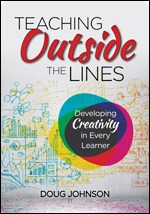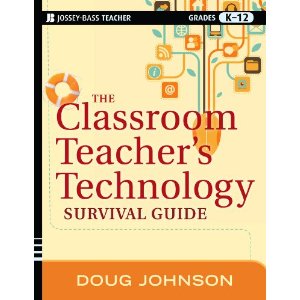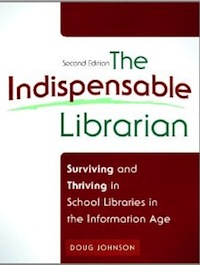Road tripping
 Wednesday, September 18, 2024 at 09:50AM
Wednesday, September 18, 2024 at 09:50AM
Other worldly view at sunrise from Hidden Lake Trail, Glacier National Park
Bags unpacked. Laundry done. Groceries resupplied. Email answered. It takes a couple days to recover from a trip. Especially one that involved driving over 3800 miles.
Heidi and I set off from the Twin Cities on September 4th and got home last Sunday, September 15. We drove across Minnesota, North Dakota, Montana, and Alberta to wind up in Banff, then took a slightly different route home. Below are some observations/advice from some of the road trips I’ve taken.
Bison encounter while hiking the north section of Theodore Roosevelt National Park.
- Choose your vehicle wisely. We took Heidi’s hybrid Prius that gets around 55mpg. At 100,000 miles, she had it checked over before the trip - new battery, tire inspection, etc. It served us well. We did get a tire pressure warning off and on and once nearly ran out of gas (inattention by the driver - me), but other than that the car did well. (I do wish the car came with a spare tire instead of just some sealant and a pump.) Worrying about automotive failure is a great way to ruin what should be an enjoyable experience.
North Dakota Badlands
- Pre-plan. We reserved our hotel rooms well in advance. Despite not traveling during “high season”, places were booked, parking lots and trails full, and roads very busy (Canmore was a hot mess.) I’m beginning to think high season should include September despite some attractions shutting down. Oh, we also booked our Road to the Sun Pass early, although it was not needed when we arrived at Glacier NP before 6 each morning.
Crowded trail at Johnston Creek near Banff
- Avoid the crowds by getting an early start. In order to get a parking spot at Logan’s Pass in Glacier NP so we could hike the Hidden Lake Overlook Trail, we found we needed to be there by 6:30 (after arriving at 8:30 the day before). That meant leaving our hotel room in Kalispell by about 5am. But it was worth it - see photo at the beginning of this post.) Whether DisneyWorld or Venice, we early risers have a less crowded experience. And sometimes time for an afternoon nap.
On the way to St Mary Falls in Glacier National Park
- Eat local. While we could not always do so, we tried to find local restaurants for our meals. We especially like small town cafes at lunch time. We also brought a cooler with fruit, crackers, and other munchies to eat in place of a meal when finding a restaurant was difficult. Oh, stay in hotels that offer a complimentary breakfast. Love those waffles you save $30 or so in buying a restaurant breakfast.
Head-Smashed-In Buffalo Jump World Heritage Site near Medicine Hat Ft Mcleod, Alberta
- Be open to unexpected pleasures. While our primary goal of this trip was to visit Glacier and Banff, the highlights may have been Theodore Roosevelt National Park in North Dakota and Head-Smashed-In Buffalo Jump in Alberta. Loved the bison and great hiking trails in TRNP and the museum and trail at Head-Smashed-In.
Quick stop on the long drive home
- Be economical but don’t be cheap. I tend to eat cheap, sleep cheap, dress cheap, etc, but I am loosening up a bit. If another $20 gets you a nicer hotel, why not spend it. The $50 I spent for a gondola ride and lunch at Lake Louise made a good experience and nice break from hiking. Good hiking shoes, even if costly, are money well spent. Oh, and buy yourself dessert now and then.
3800 miles and 11 days - still speaking to each other
- Enjoy the drive itself. Montana is a very, very wide state. From Glendive in the east to Kalispell in the west, it is nearly 600 miles and over a 9 hour drive. Despite long distances, set your GoogleMaps on “Avoid highways” and take secondary roads when possible. A road trip is, after all, about being on the road. Oh, and out west, never let your gas tank get much below half full! Stop often for breaks to stretch the legs.
I hope I can continue to take a good road trip now and then. Whether the destination is Acadia or Arches or Anaheim, I’ve enjoyed this form of travel since I was a kid. And I am still learning how to make it even better.









